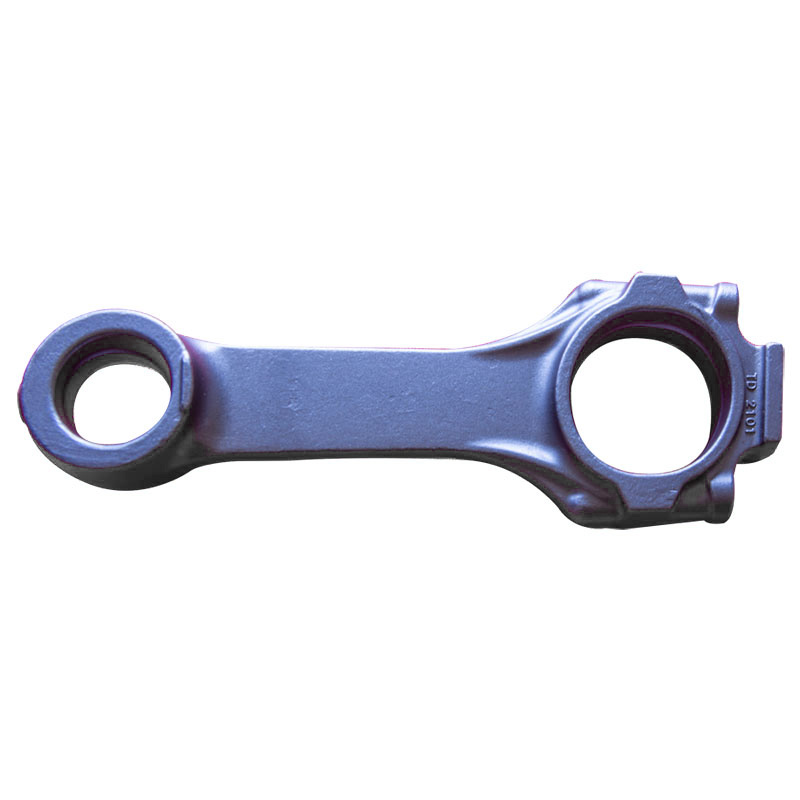Here are key points related to connecting rod blanks
2023-12-20
A connecting rod blank refers to the initial, unprocessed form of a connecting rod before it undergoes shaping, machining, and other manufacturing processes to become a functional component in an internal combustion engine. The blank serves as the raw material from which the connecting rod is forged or machined. Here are key points related to connecting rod blanks:
1. Material:
- Connecting rod blanks are typically made from high-strength materials, such as alloy steel or aluminum alloy. The choice of material depends on the specific requirements of the engine, including factors like strength, weight, and thermal conductivity.
2. Forging Process:
- Forging is a common manufacturing process used to shape connecting rod blanks. During forging, the blank is subjected to high compressive forces, typically in a die, to achieve the desired shape and improve the mechanical properties of the material.
3. Raw Form:
- The connecting rod blank is often produced in the form of a straight or slightly curved metal bar or rod. This initial form is chosen based on the design requirements and the forging process to be employed.
4. Heat Treatment:
- After forging, the connecting rod blank may undergo heat treatment processes to optimize its mechanical properties. Heat treatment can enhance hardness, toughness, and other characteristics to ensure the connecting rod meets performance requirements.
5. Machining:
- Following forging and heat treatment, the connecting rod blank undergoes machining processes to achieve precise dimensions, smooth surfaces, and specific features. This includes operations such as milling, turning, and drilling.
6. Balancing Holes:
- Depending on the design and application, balancing holes may be machined into the connecting rod blank to achieve proper balance and reduce vibrations during engine operation.
7. Surface Finish:
- Machining processes are also employed to achieve the required surface finish on the connecting rod blank. Smooth surfaces are important to reduce friction and wear during engine operation.
8. Quality Control:
- Throughout the manufacturing process, connecting rod blanks undergo stringent quality control measures. Inspections and testing ensure that the blanks meet specified standards and are free from defects.
9. Customization:
- Connecting rod blanks can be customized based on the engine design and specific performance requirements. This may include variations in length, width, thickness, and other dimensions.
10. Subsequent Processes:
- After the connecting rod blank is shaped and machined, it goes through additional processes, such as drilling for the installation of bolts or caps, and surface treatments for corrosion resistance.
Connecting rod blanks serve as the foundation for creating connecting rods that are integral components of internal combustion engines. The quality of the blank and the precision of subsequent manufacturing processes contribute to the overall performance and reliability of the connecting rod in the engine.



